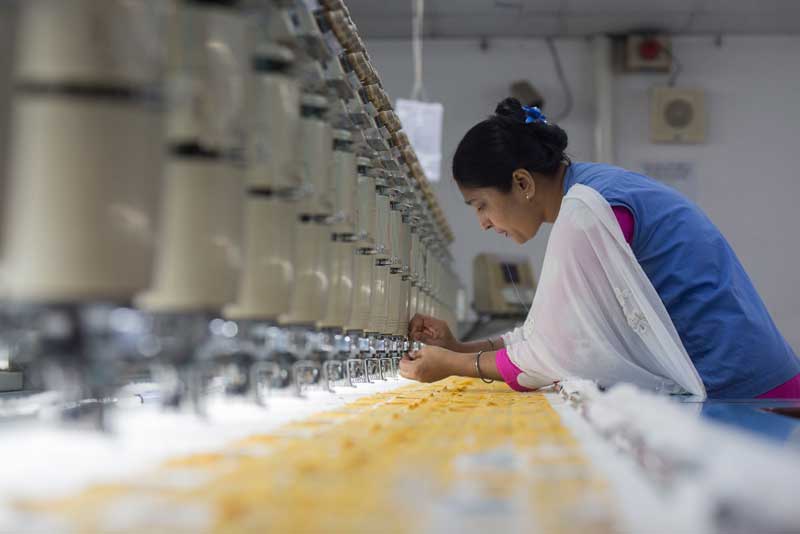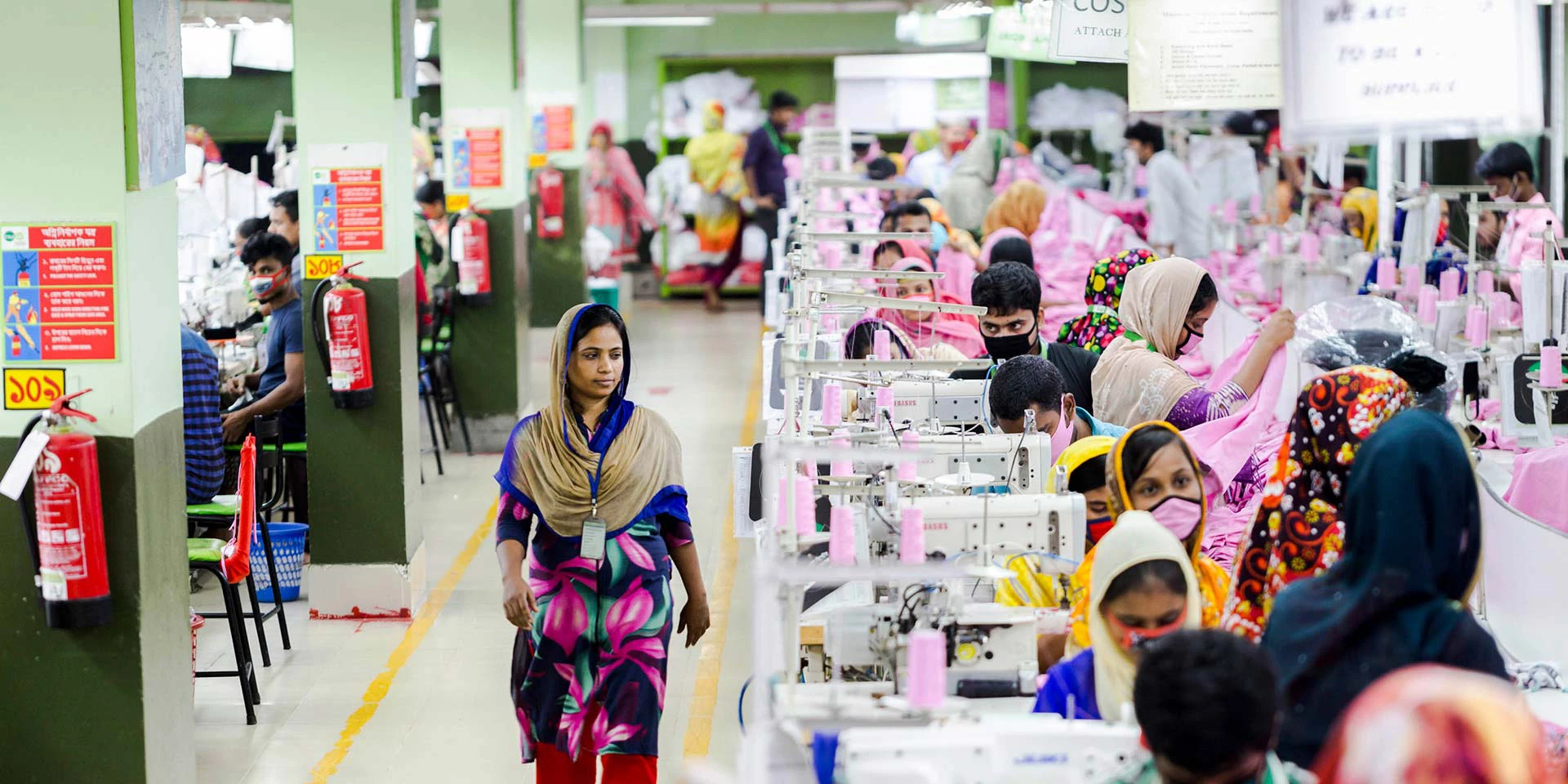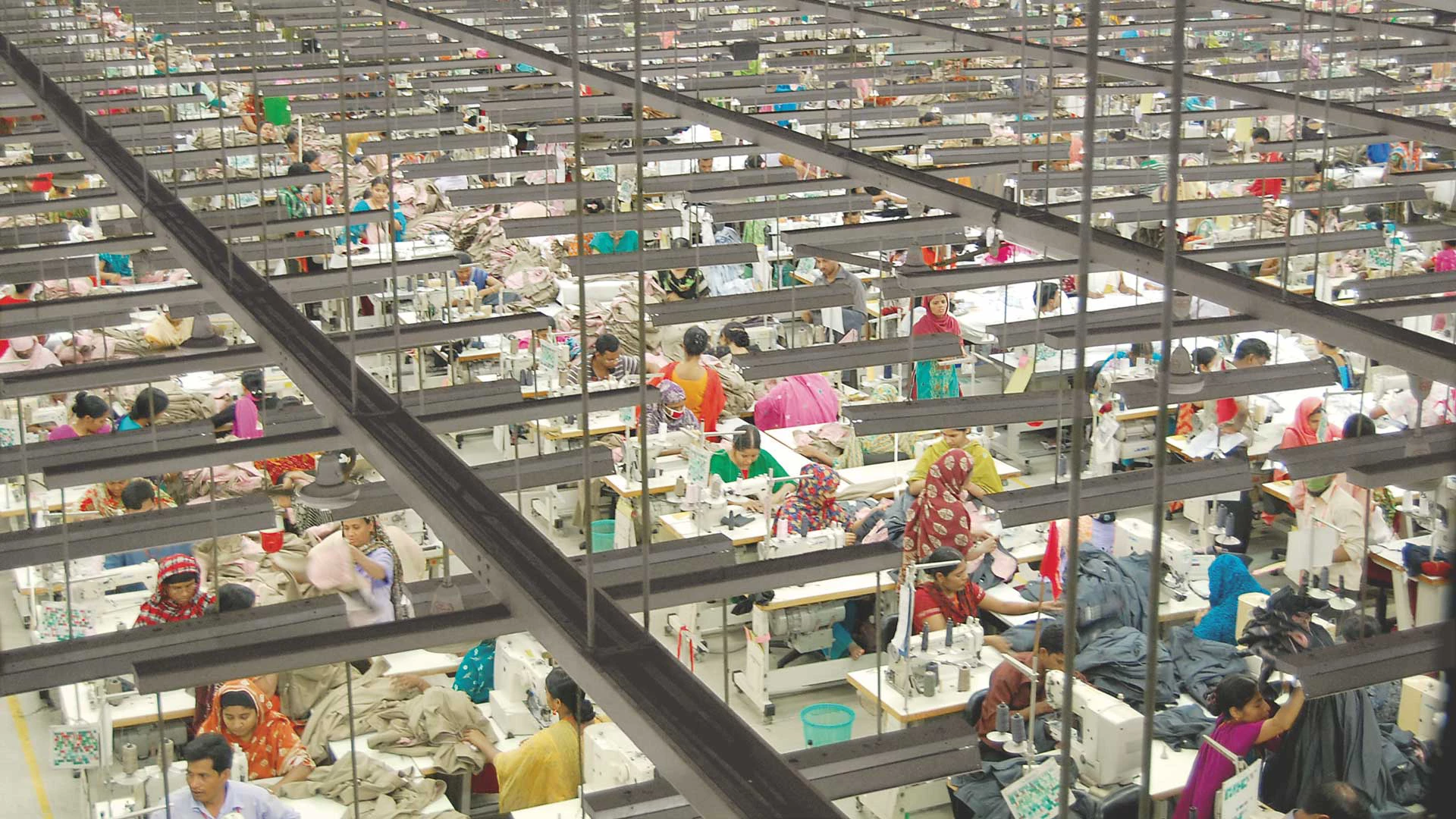By Nazila Fathi
In the last seven years, Bangladesh’s garment industry has increased its annual revenue from $19 billion to $34 billion—a 79 percent rise. This makes the country the second largest exporter of garments in the world, with the sector accounting for 80 percent of Bangladesh’s total export earnings.
The impressive jump in revenues occurred in the devastating aftermath of two garment factory disasters, in 2012 and 2013, that left more than 1,200 workers dead. How did the industry recover from such tragedies?
Better labor regulations and safety conditions implemented after the workers’ deaths have played an important role. With these improvements in place, Bangladesh has become an attractive option for international clothing brands—especially those looking to diversify manufacturing locations and, more recently, those concerned about how global trade negotiations might affect their bottom line.
“Big brands are now actively looking for suppliers in Bangladesh,” said Sharif Zahir, executive director of Ananta Apparels and a board member of the Bangladesh Garment Manufacturers and Exporters Association.

Bangladesh’s garment industry employs about 4.4 million people, mostly women. © Drik Gallery
Protecting Workers—and the Economy
Working conditions in the Bangladesh garment industry came under great scrutiny in 2012 after 117 people were killed at a fire at Tazreen Fashions, a garment factory near the capital city of Dhaka, and even more so five months later, when more than 1,100 workers lost their lives in the collapse of Rana Plaza, home to several garment factories. Global retailers, foreign governments, and international organizations—including IFC—then took steps to help the industry improve safety and labor conditions to prevent such tragedies in the future.
The Bangladeshi government also wanted to protect a central pillar of the country’s economy: The garment industry, which employs 4.4 million people, mostly women, contributes more than 11 percent to the country’s GDP.
Still, the push to improve building and fire safety wasn’t easy after the deadly disasters. Some factory owners were reluctant at first. It was difficult for them to secure loans to pay for the safety improvements. Even for factory owners who had access to loans, the interest rates—as high as 18 percent—were nearly prohibitive.
In response to this challenge, IFC established a $40 million credit facility that enabled local banks to help factories upgrade their structural, electrical, and fire safety standards. The five-year facility was made available to four local banks—Prime Bank, Eastern Bank, City Bank, and United Commercial Bank.
Through the program, the banks provided 72 factories with loans ranging from $200,000 to $1 million. IFC also worked with the Bangladeshi government to design and implement policies, laws, and regulations that streamlined processes.

In addition to better working conditions, some garment factories are improving environmental practices. © Mohammad Zahin Rahman/IFC
This past June the International Labor Organization reported that 1,690 factories were complying with fire and building safety standards, and 655 factories were complying with worker safety standands. Demand for training program also has increased. “We got so many inquiries that we had to add capacity and diversify our business,” said Zahir.
Authorities also worked to enforce the stricter safety codes and labor laws. While mostly larger factories operating in compliance with regulations have thrived, some smaller and mid-sized businesses that were unable to adopt the new standards suffered the consequences: Authorities have shut down 59 manufacturing units so far this year for failing to comply with new regulations.
IFC Country Manager Wendy Werner said such enforcement has led factories to take safety codes and environmental compliance more seriously—and the increased safety measures are a big reason “why big brands are increasing their presence in Bangladesh.”
Reducing the use of resources is important at Textown, a busy textile factory in Bangladesh where Krisno Kumar Das works, guiding fabric into a dyeing machine. Unlike a few years ago, he no longer wastes water and other materials. Since joining forces with PaCT, the company has switched to a more sustainable production system that reduces the amount of energy, dye, and chemicals used in the garment production process. The new method has cut the company’s water consumption by 11 million liters per year.
The improved environmental performance has yielded another benefit: “We not only use less water and energy, but we can also do more production work over the same amount of time,” said Kumar. “When we increase overall efficiency, this helps the factory become more profitable, then that helps me when I’m looking for a bonus or other financial benefits.”
Helping Bangladeshi companies broaden their managerial talent pool, another initiative trained female garment workers to develop those skills. IFC’s Gender Equality and Returns (GEAR) program offers career-progression opportunities for female sewing operators by training them in the soft and technical skills necessary for them to take on supervisory roles. It also trains factory managers on how to select, promote, and support female talent.
Manju Khatun, who became a supervisor after receiving training, can now afford sending her children to school. © Tapash Paul/Drik Gallery
Manju Khatun, a mother of two, became a supervisor at DBL Group in 2019 after attending the training program. Her salary is now 16,000 Bangladeshi taka (about $188) a month, higher than her husband’s. He is also a worker at DBL.
“My husband says that I am the backbone of our household now,” said Khatun, who manages 30 workers. “Now we can afford to send our kids to school.”
GEAR builds on a successful pilot that trained 144 female sewing operators and other workers in 28 factories. An assessment of the pilot showed that 60 percent of the trainees received a promotion offer within weeks of completing the training. The program also boosted productivity: efficiency gains rose on average five percentage points on production lines led by trained supervisors.
“The soft skills training was the most powerful because it gave women the confidence that they could lead others,” said IFC operations officer Eleonore Ann Richardson.

